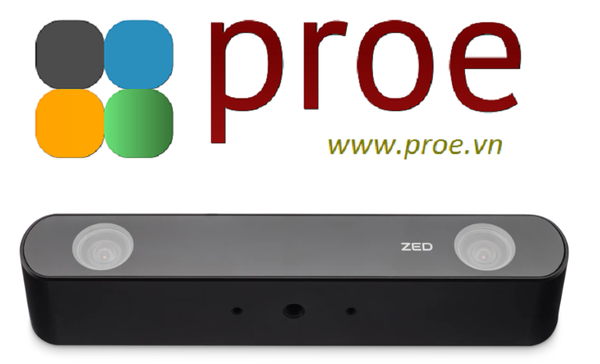


On official demos you can see the camera detects well large objects (trees, people) outdoors. Now, let’s see how well the camera calculates the depth map. You must repeat this procedure several times.Īs a result, the screen displays a message calibraion data is collected, and some computations will started for a while. After that, a red circle will change its size and position. Your task is to match the blue circle with a red circle. The size of the circle will depend on the distance between the camera and the screen. In this case, the screen area on this pointing the camera, will appear transparent blue circle or ellipse (if the camera axis is non-perpendicular to the screen plane). Try to position the camera so that it is perpendicular to the axis of the screen plane. You have to put your camera in front of the screen. You will a program’s window with a grid and translucent, slightly visible red circle: But before that, we suggest to do the calibration by running ZED Calibration program, and press the Start button. Now it’s a good idea to explore the quality of the depth map computed by ZED camera. It will show the picture from both RGB cameras available in ZED: To do this, run the ZED Explorer program.
ZED CAMERA FOR TK1 DRIVER
But, it turned out that the driver has been successfully installed, so you need to close this message box)
ZED CAMERA FOR TK1 DRIVERS
(In our case, Windows shows a message box that the new device drivers are installing, and this message is hung for a long time, with a progress bar at around 20%. Now, connect the camera to a computer.After installation, the computer restarts.
ZED CAMERA FOR TK1 INSTALL
So, we recommend to install the CUDA 7.5 directly from NVidia site. You may agree, but in our case, CUDA installer said that he could not install it on my card. If you have not installed CUDA 7.5, the installer will offer to install CUDA.(If the installer does not start, then start vcredist_圆4.exe to install the necessary libraries Visual Studio.)Īlso, you can download these files from page Open the flash drive and run the installer ZED_SDK_WinSetup_v0.9.4e_CUDA75_beta.exe (or a newer version) in the Windows folder. Camera is shipped with flash drive, containing drivers and user guide.To install ZED camera for Windows you are required USB 3.0 (it works with USB 2.0 too, but slower), a modern graphics card NVidia, and installed CUDA 7.5. The camera supports OS Windows, Linux, Jetson TK1 and Jetson TX1. It has mounting hole in its center with a 1/4″ UNC thread for easy fixing onto a standard camera tripod. Its size and weight are comparable to Xtion camera. These cameras are good, but the cost is a few thousand dollars. It’s analogue is a family of cameras Bumblebee2 by PointGrey. This is relatively cheap depth camera ($ 449). Therefore, for robotics and interactive public projects there is an urgent need for passive depth cameras, working in the presence of sunlight. The active camera work well indoors, but do not work in the outdoor scenes containing objects illuminated by sunlight. In contrast, active depth cameras such as Kinect1,2, Xtion and PrimeSense contain an IR laser, which measures distance. This is passive depth camera: it consists of two RGB-cameras spaced from each other (the distance between the cameras 12 cm). Today we will explore the StereoLabs ZED depth camera


 0 kommentar(er)
0 kommentar(er)
